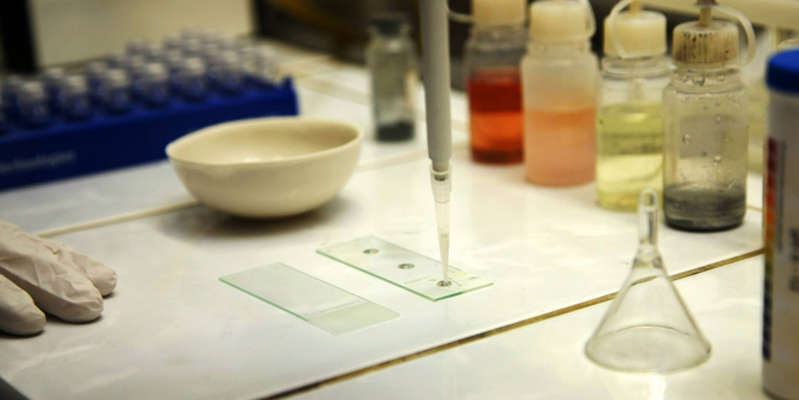
Russian scientists revive animals frozen tens of thousands of years ago
Biologists have revived several rotifer worms, which more than 24 thousand years ago were in the permafrost in the east of Yakutia. This is reported by the scientific journal Current Biology .
“So far, this is the most reliable evidence that multicellular living things can live tens of thousands of years in a state where their metabolism stops almost completely,” said Stanislav Malyavin, one of the authors of the study, a researcher at the Institute of Physicochemical and Biological Problems of Soil Science, Russian Academy of Sciences.
Rotifers are one of the most primitive multicellular animals and have amazing vitality. The interest of biologists in rotifers was aroused by the fact that some of their genera and species abandoned sexual reproduction several tens of millions of years ago, but this did not lead to their extinction.
The second interesting feature of animals is their ability to withstand very long and severe droughts. Invertebrates have a unique feature – when there is a lack of water, they quickly remove all its residues from their cells and produce substances that allow them to survive this form of suspended animation and return to life after the drought is over.
Due to this, some species of rotifers are able to withstand severe frosts when the water turns into ice. Studies show that bdelloid rotifers living in the northern regions of Russia are able to come to life even after six to ten years of existence in the permafrost.
A group of researchers from Russia, the USA, Germany and the Czech Republic wondered how long “dried” rotifers will remain viable. Several viable rotifers from the genus Adineta were found in permafrost samples obtained from a depth of 3.5 meters off the banks of the East Yakutia River Alazeya.
Scientists multiplied them in the laboratory and found that the animals are close to one of the modern species. At the same time, the “resurrected” rotifers demonstrated good tolerance of repeated freezing – many modern invertebrates do not know how to do this, since their cells are destroyed due to the formation of ice crystals.
According to scientists, studies indicate the existence of a certain protective mechanism. If it can be discovered and understood, a path will open that will protect the tissues of humans or other mammals from destruction during freezing.
Earlier it was reported that people could conquer Antarctica much earlier than official records say. It is known that this continent was discovered in 1820 by a Russian expedition, and a year later sailors from the whaling ship Cecilia landed on its land.

